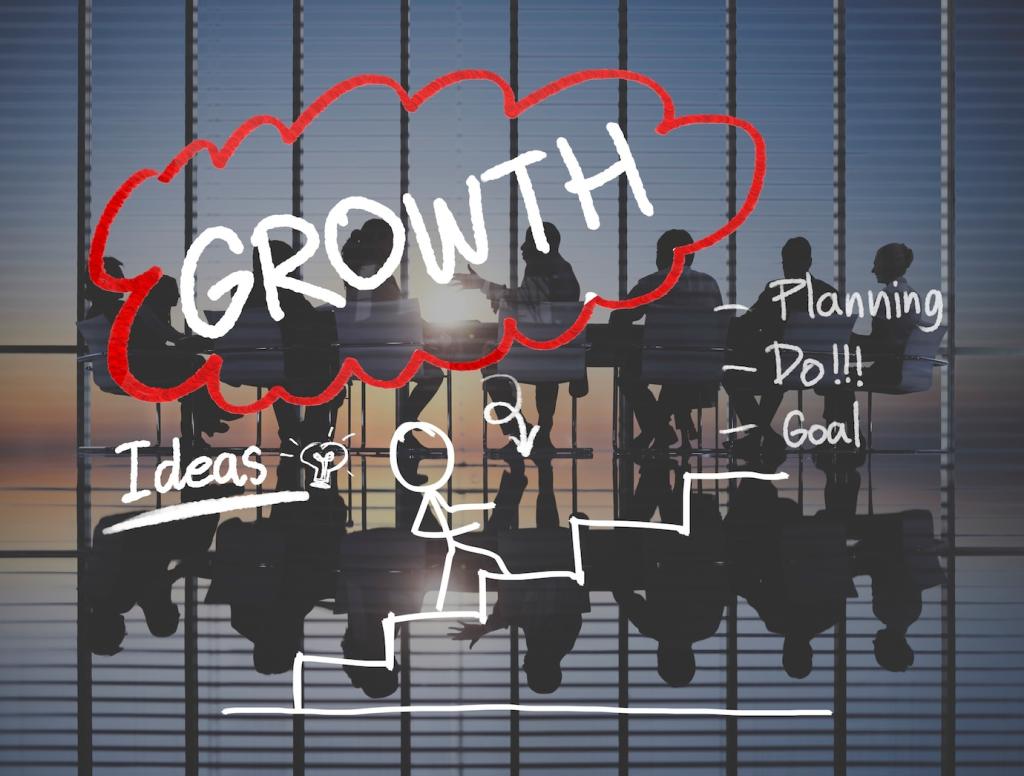
The Dynamics of Economic Expansion and Workforce Participation
Chosen theme: The Dynamics of Economic Expansion and Workforce Participation. Explore how growing economies draw people into work, and how a wider, more engaged workforce, in turn, powers sustainable, inclusive expansion. Join the conversation, subscribe for fresh insights, and share your story of growth meeting opportunity.
The Growth–Participation Flywheel
How Growth Attracts Workers
Rising orders and investment lead firms to post more vacancies, increase hours, and improve conditions. People on the sidelines notice, update expectations, and step in—graduates, parents returning, even retirees seeking meaningful part-time roles.
When Growth Stalls
Even in expansions, frictions can stall participation: long commutes, unreliable childcare, unclear skill requirements, or patchy information about openings. Which barrier do you see most in your city? Tell us, and help steer future guides.
A Harbor City’s Turnaround
A coastal harbor invested in a logistics hub, then funded certificates in warehouse tech and port safety. A year later, vacancy durations fell, and long-term jobseekers reentered—proof that targeted training can complete the flywheel.
Higher, predictable pay invites applicants to invest in new roles, training, and commutes. Transparent pay bands reduce uncertainty, widen the candidate pool, and reinforce the message that the opportunity is worth the transition costs.
Wages, Prices, and the Choice to Work
Childcare, transport, and housing can erase the gains from a second paycheck. Employers that add childcare stipends or transit passes expand participation, especially among caregivers. Have ideas that worked locally? Share them with our readers.
Wages, Prices, and the Choice to Work

Demographics, Migration, and Mobility
Longer lifespans and healthier later years increase interest in encore careers. Part-time mentorships, phased retirement, and skills refreshers channel experience back into growing sectors without demanding unsustainable schedules or abrupt transitions.
Skills, Matching, and the Training Pipeline
Earning while learning lowers barriers for adults with bills to pay. Apprenticeships tie curricula to real tools and supervisors, making it easier for employers to trust new talent and for learners to persist.
Mid-career changes fail when income drops sharply. Stipends, modular credentials, and job-sharing bridges keep households afloat while skills evolve, sustaining participation instead of forcing people to exit and hope to reenter later.
Responsive programs co-designed with employers adjust seat counts, equipment, and schedules fast. Add micro-internships and stackable certificates, and you get tight matching that boosts completion, placement, and durable participation.

Clear outreach matters: simple applications, upfront pay information, and quick feedback rebuild confidence for long-term jobseekers. One manufacturing cohort welcomed parents returning after years away—and their retention exceeded expectations.

Bridge roles ease the leap. Part-time to full-time pathways, backed by mentoring and skills checks, let workers test stamina, schedules, and responsibilities before committing, raising participation without pushing people too hard.

Earnings disregards, return-to-work bonuses, and streamlined benefit tapering prevent sudden income cliffs. When rules reward steps forward, people reenter sooner and stay engaged longer, reinforcing expansion with steady, confident labor supply.
Technology, Automation, and Human Potential
Robots that lift, sort, or detect errors reduce strain and injuries, opening roles to workers previously excluded. Pair tools with onboarding labs, and participation rises across ages, strengths, and prior experience levels.
Technology, Automation, and Human Potential
Simple software for scheduling, payroll, and inventory shrinks admin headaches, freeing owners to hire. Transparent shifts and instant payments attract part-time talent, expanding participation in neighborhoods where large employers are scarce.


Sectors and Regions to Watch
Smaller advanced manufacturers adopt sensors and additive tools, demanding technicians who blend shop-floor savvy with data skills. Local labs and employer-led cohorts are turning curiosity into careers, keeping production rooted locally.
Inclusive Growth: Bringing Everyone In
Accessible hiring, adaptive equipment, and universal design unlock talent often sidelined by legacy processes. Teams gain reliability and problem-solving diversity, while workers gain predictable hours that support long-term participation and advancement.
Inclusive Growth: Bringing Everyone In
Paid internships, career navigators, and alumni mentors convert uncertainty into momentum. A city program paired coding bootcamps with bicycle stipends, removing tiny frictions that once derailed attendance—and participation soared.
Inclusive Growth: Bringing Everyone In
Reliable childcare, parental leave, and schedule certainty change the calculus for caregivers. Employers that align policies with life realities widen their talent pool and stabilize growth. What policy would help you participate? Tell us.
Join our mailing list
